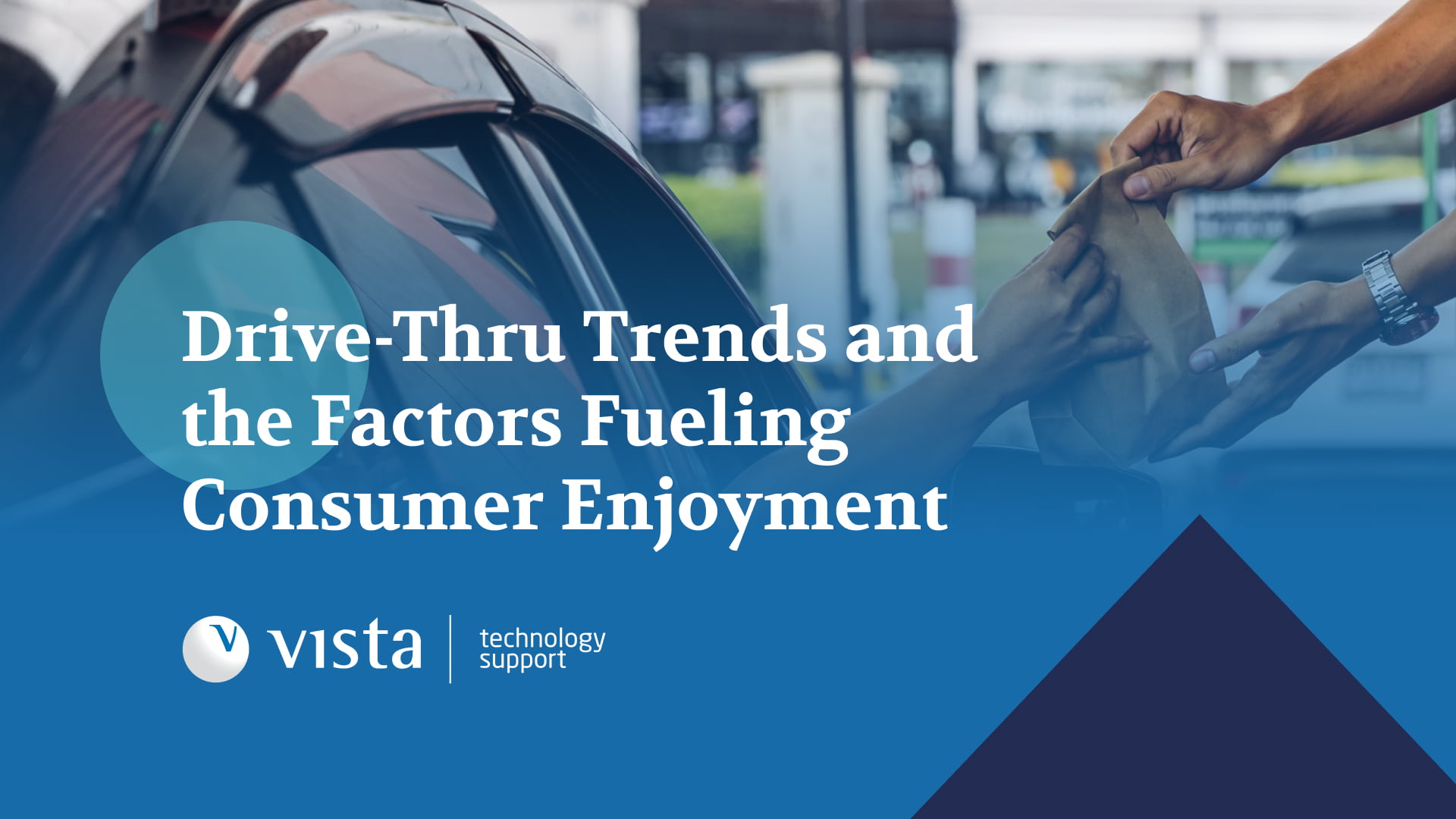
Our CEO, James Pepper, explores how cutting-edge artificial intelligence is powering the fight against today’s global pandemic.
Thinking back to October 2019, if you had asked any IT professional or business leader which virus would have posed the biggest threat to their businesses, they would have probably listed a plethora of cybersecurity risks. Very few of them (with the exception of Bill Gates who spoke about the dangers of a biological virus pandemic in 2015 and several health care and pharmaceutical experts) would have considered that a virus of a biological type would be identified just two months later and in a further three, develop aggressively into a global pandemic.
COVID-19 is without doubt the most disruptive and damaging of viruses which even with the best business continuity planning budget in the world nobody could have planned for. From a world health perspective, it’s deeply concerning; the spread appears to be out of control, and we face the reality that we will all be touched by it in some way. Whether it’s financial, our own individual health or the health of a friend or loved one, we will all be affected.
Whilst we can do everything in our power to protect the elderly and vulnerable, we must help prevent the spread of the virus. However, for humanity to defeat COVID-19 we need two things to happen. We need to discover drugs to immunise those most at risk and we need anti-viral drugs to treat those already infected; both of which should downgrade COVID-19 to a seasonal flu-like virus and consigning this appalling period to the annals of history.
The world has some immensely talented scientists, professors, researchers, doctors and health professionals and these people make discoveries and save lives every day, but research into drugs to treat new infectious diseases takes time, a lot of time. Vaccines can take years to research and develop and some never make it to production as they don’t meet fulfil the criteria or fail to produce positive results in testing.
When a new virus is identified and it is spreading fast, identifying a vaccine quickly is critical to saving lives and that’s where AI comes in. Artificial intelligence is a term given to a range of computer-based technology that simulates human intelligence, mimics human responses and likely behaviours. Machines that learn and can solve problems like a human, but a lot faster than a human can.
High-performance computers can run very large calculations in bioinformatics and molecular modeling.
Summit, an IBM supercomputer hosted at Oak Ridge National Laboratory, recently set the record for machine learning systems. Summit achieved a pace known as exaflop processing a billion, billion operations a second. Whilst the human brain is still proven to be faster at processing thoughts and single recollections for experiences and data, machine learning is able to process enormous volumes of information and look for insights, similarities and recommend outcomes; something that would take humans many decades.
So, how exactly is AI helping the fight against COVID-19?
Initially machine learning was used to monitor cases of the virus and predict its spread. Bluedot Global was one of the first AI businesses that detected the outbreak. Machine learning monitoring health trends identified insights such as a higher than average number of people suffering from pneumonia, that a new virus resembled SARS and that cases originated from a market in Wuhan, China. AI was also used to identify how the virus could spread and how this spread could be significantly reduced by thoroughly washing hands with soap and warm water.
Deep learning computers can understand the mechanisms of the virus. It uses algorithms analysing enormous volumes of medical data to identify insights. These insights could be e.g. a further development of treatment, genetic sequences and how the virus is likely to mutate.
IBM is working with the US government as part of the COVID-19 High Performance Computing Consortium which will be a collaboration that will bring together 16 systems with 330 petaflops, 750,000 CPU cores and 34,000 GPUs. The aim of the collaboration is to use computer power to understand COVID-19, treatments and identify a cure.
IBM’s supercomputer (Summit) screened 8,000 compounds to find the most likely bind to the main protein of COVID-19 to prevent it infecting host cells in the human body. The computer was able to identify 77 small molecule compounds that are being experientially tested, something that would not be humanly possible in such a small period of time.
Deep learning MT DTI (Molecule Transformer – Drug Target interaction) analysed the chemical sequences of the virus and compared it to the catalogue of existing antiviral drugs to identify if any of these would be likely to block the virus. It identified that antiviral drugs that are used in the treatment of HIV could be used in the fight against COVID-19.
Insilco used AI to identify tens of thousands of novel molecules which could bind to the virus and block it. After just 4 days of analysing data, it identified one hundred molecules, two of these have since been synthesised by pharmaceutical companies and are now being tested. The company is also analysing data to identify drugs to improve the immune systems of elderly people, with the aim of helping older people fight off COVID-19 in a similar way to younger people.
Benevolent AI uses a large repository of structured medical information and scientific literature. Machine learning analyses huge amounts of data to identify insights into health issues, viruses and potential treatments; its objective being the identification of the blockers for the infection process.
NHSX – the unit responsible for digital innovation with the NHS is now working with major tech firms including Microsoft, Google, Palantir and Faculty AI to collate and report on a range of data sources. The data insights will be displayed in dynamic dashboards that indicate trends such as how COVID-19 is spreading, identify potential shortages of equipment and resources and proactively increase resources in potential virus hotspots and direct patients to the hospitals that are best placed to care for them based on demand and resources at that time. Palantir and its Foundry software tool, provides analyses records to provide a “single source of truth” and Faculty AI will provide the visual data representation such as dashboards, simulations and models that will assist decision makers.
Super computers and AI such as machine learning are being used to process and analyse enormous amounts of medical and biological data to identify patterns or insights. Whilst this technology cannot replace the highly intelligent and experienced scientists and medical professionals, it can be used to process enormous amounts of data that have been recorded over decades in a very short period of time. During a pandemic, time to find a vaccine or anti-viral to treat the virus is key to saving lives, therefore, technology that can provide data insights for scientists to investigate and test makes the research much more focused and efficient.
Without machine learning, medicine research into treatment and potential vaccines for COVID-19 could take years. AI and machine learning in particular, could reduce this to a matter of months and potentially weeks.
Post by James Pepper 21.04.2020
[sharethis-inline-buttons]


